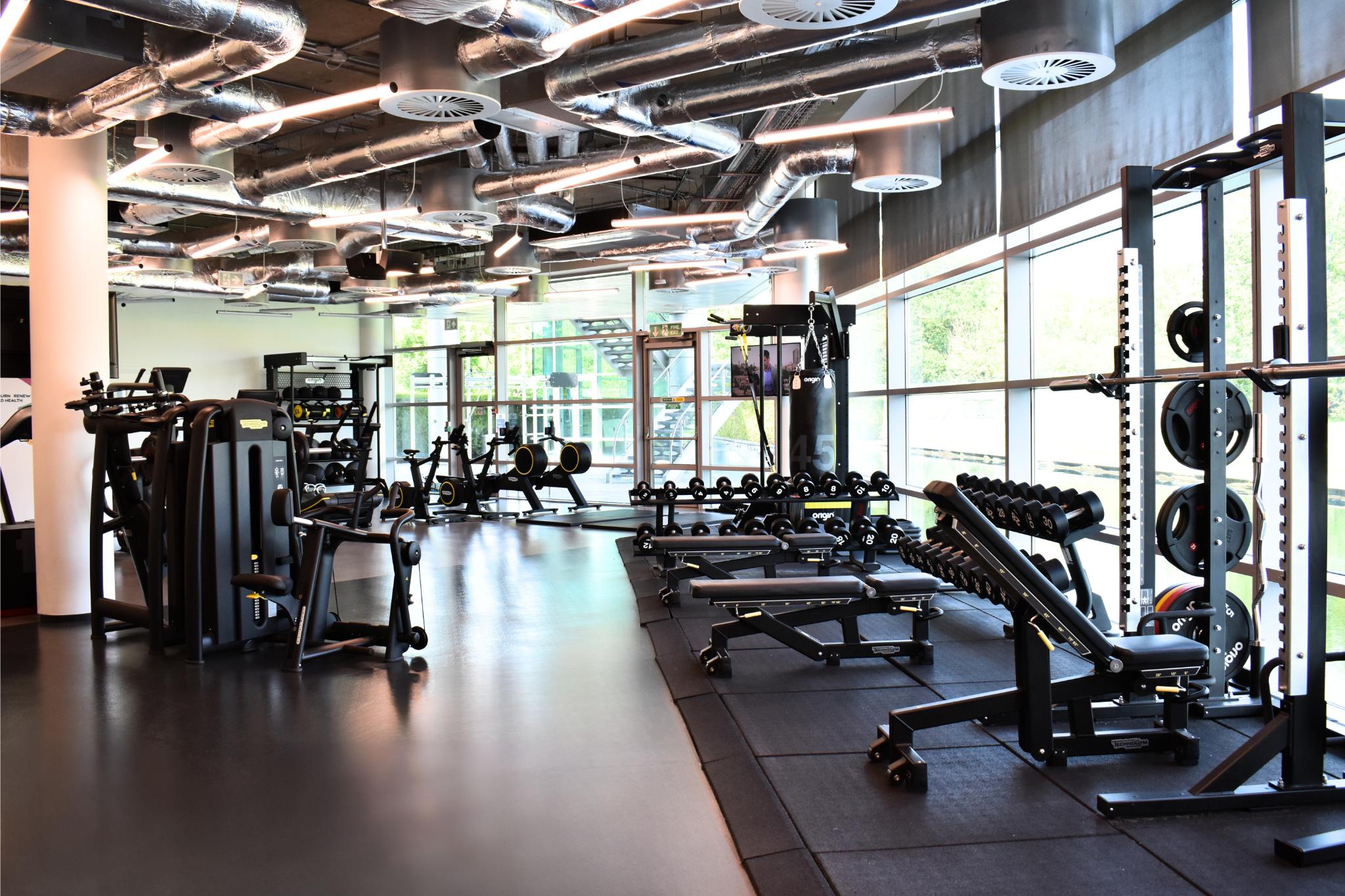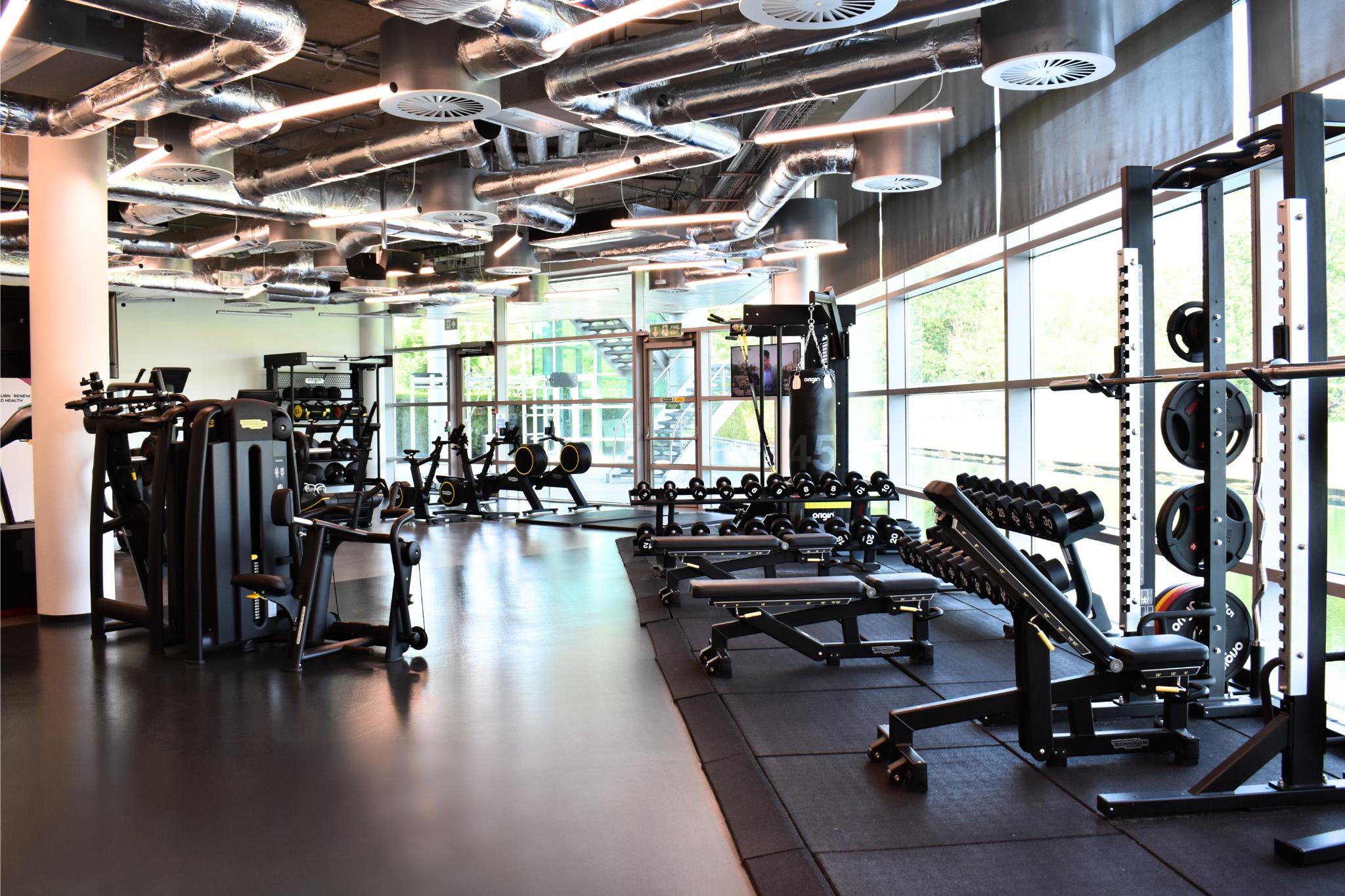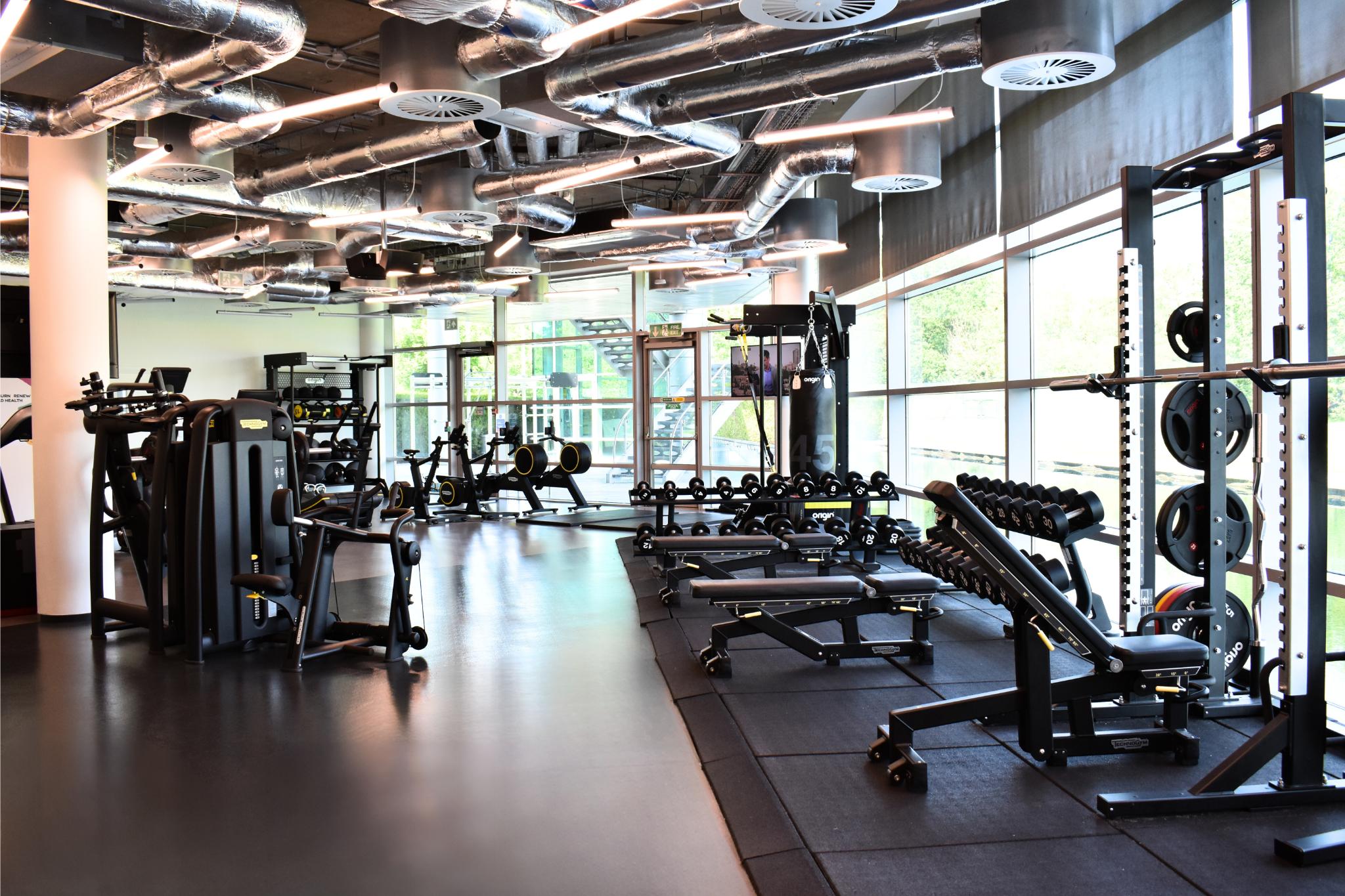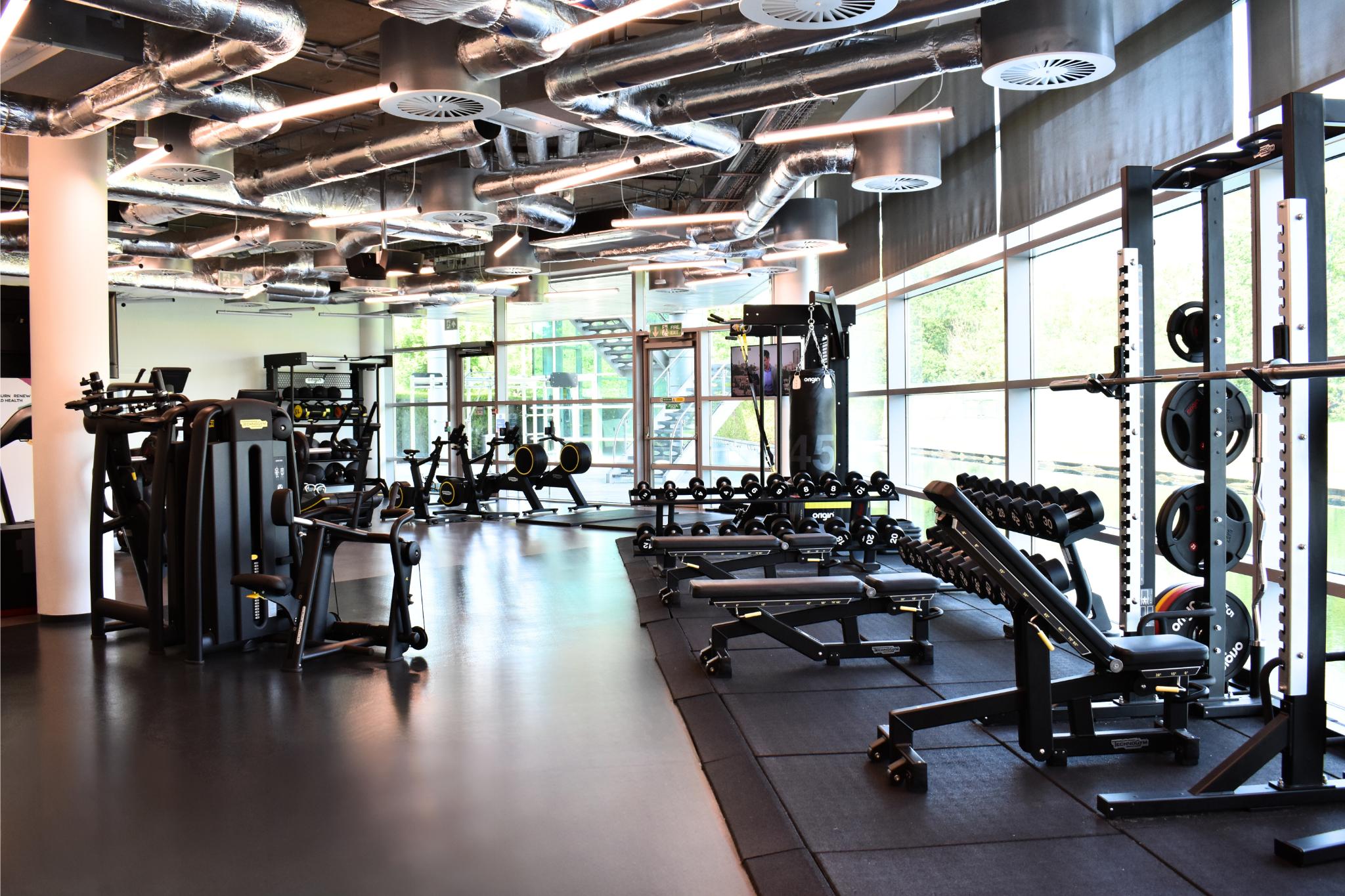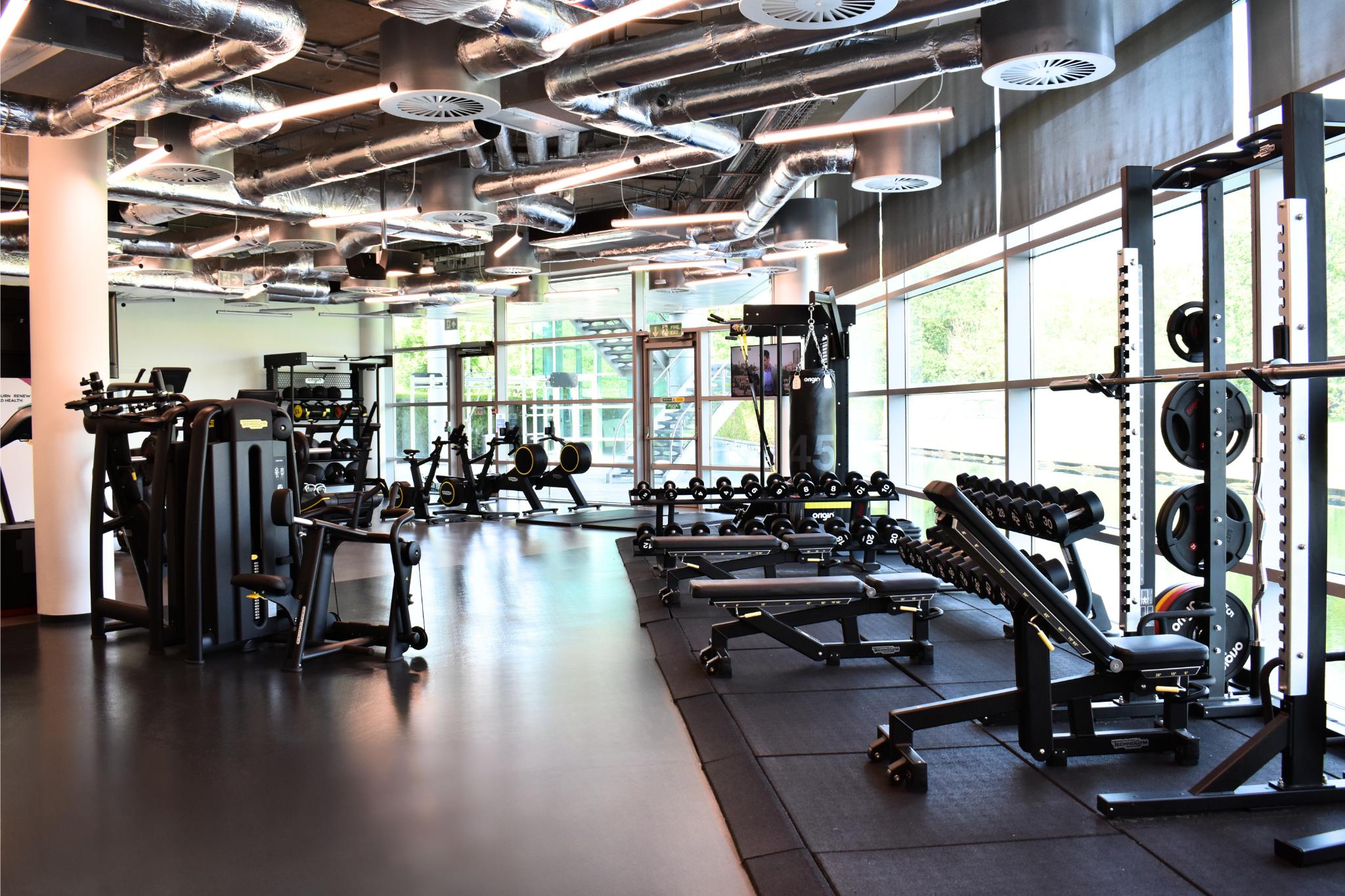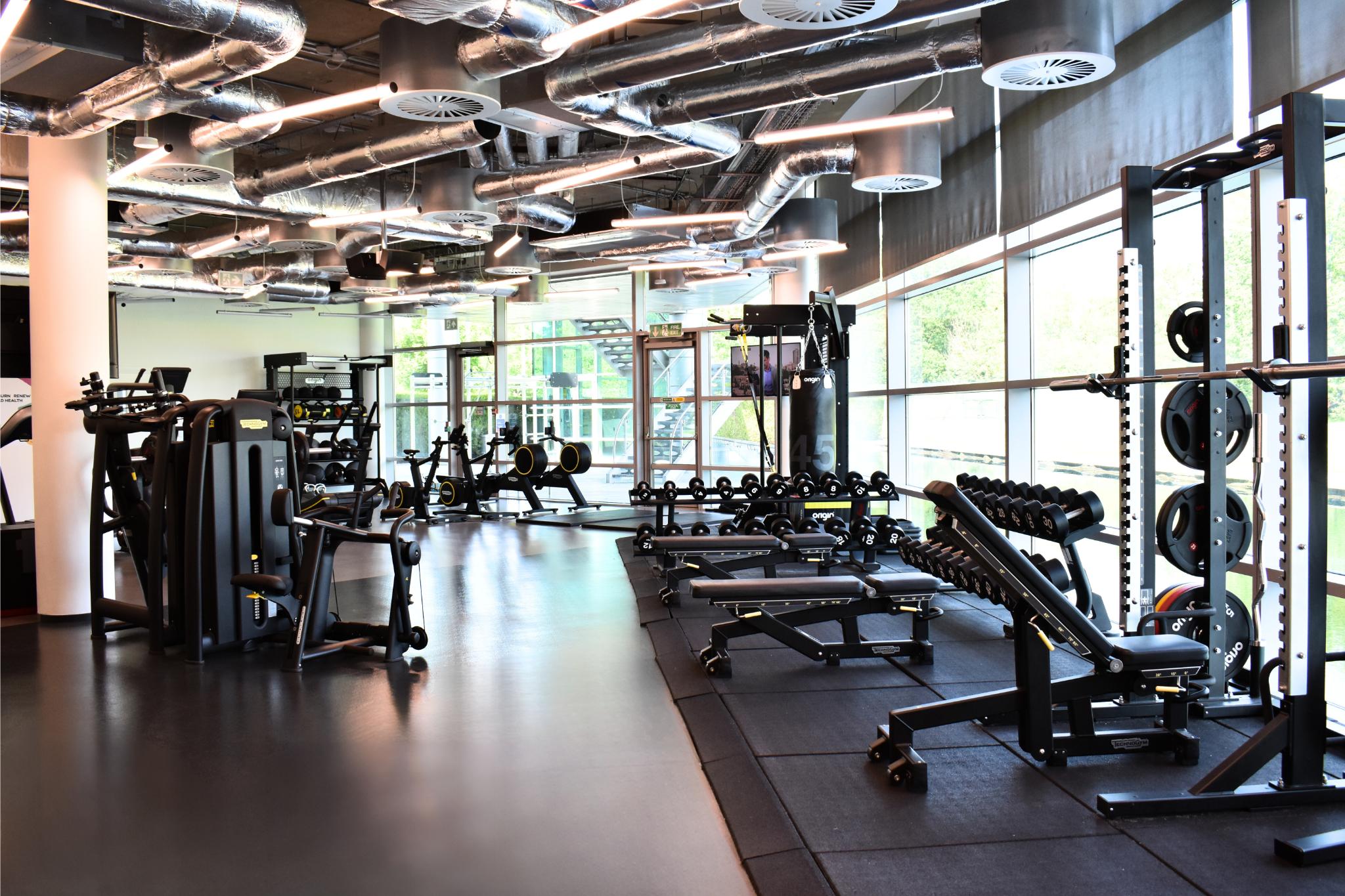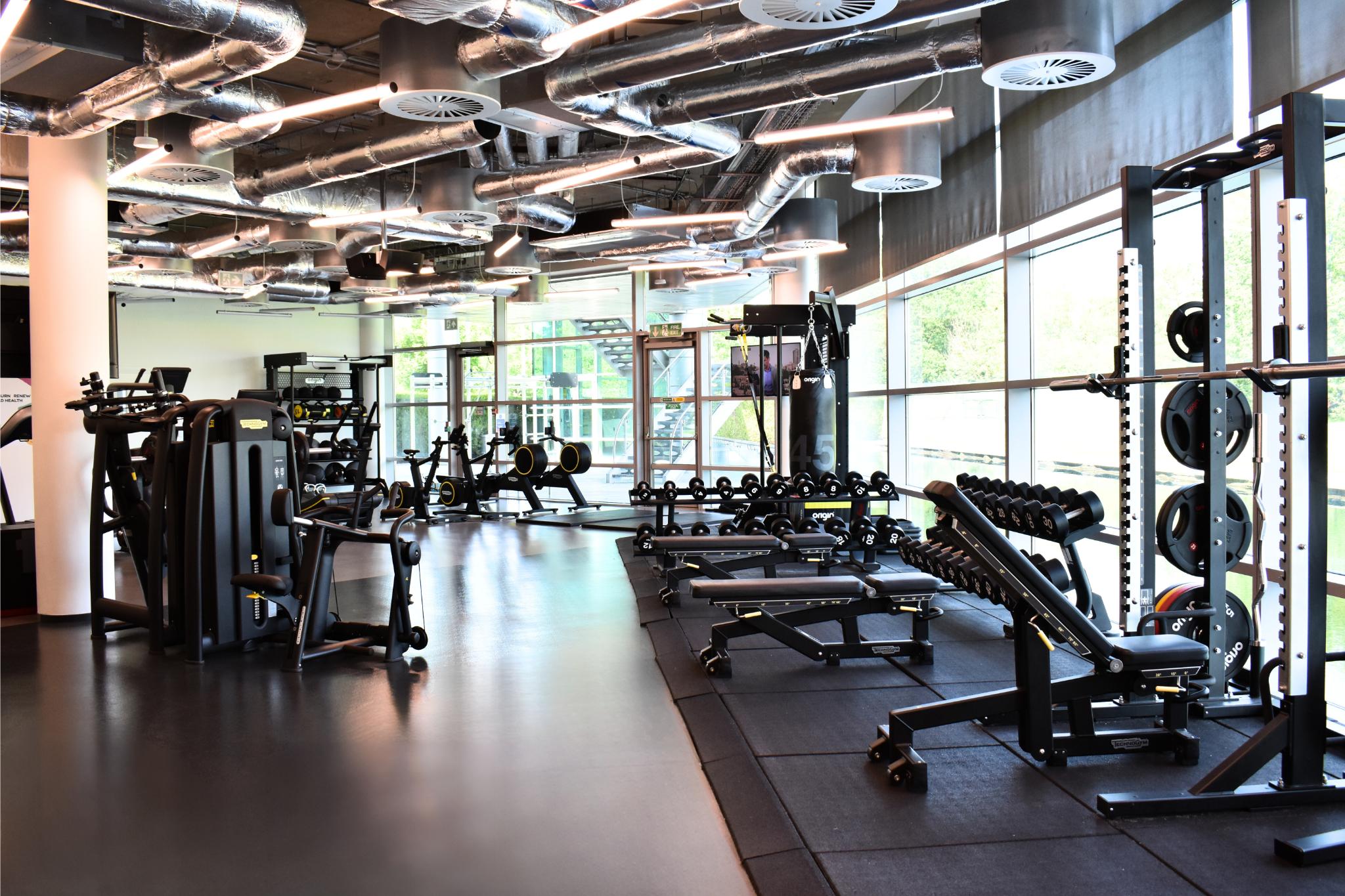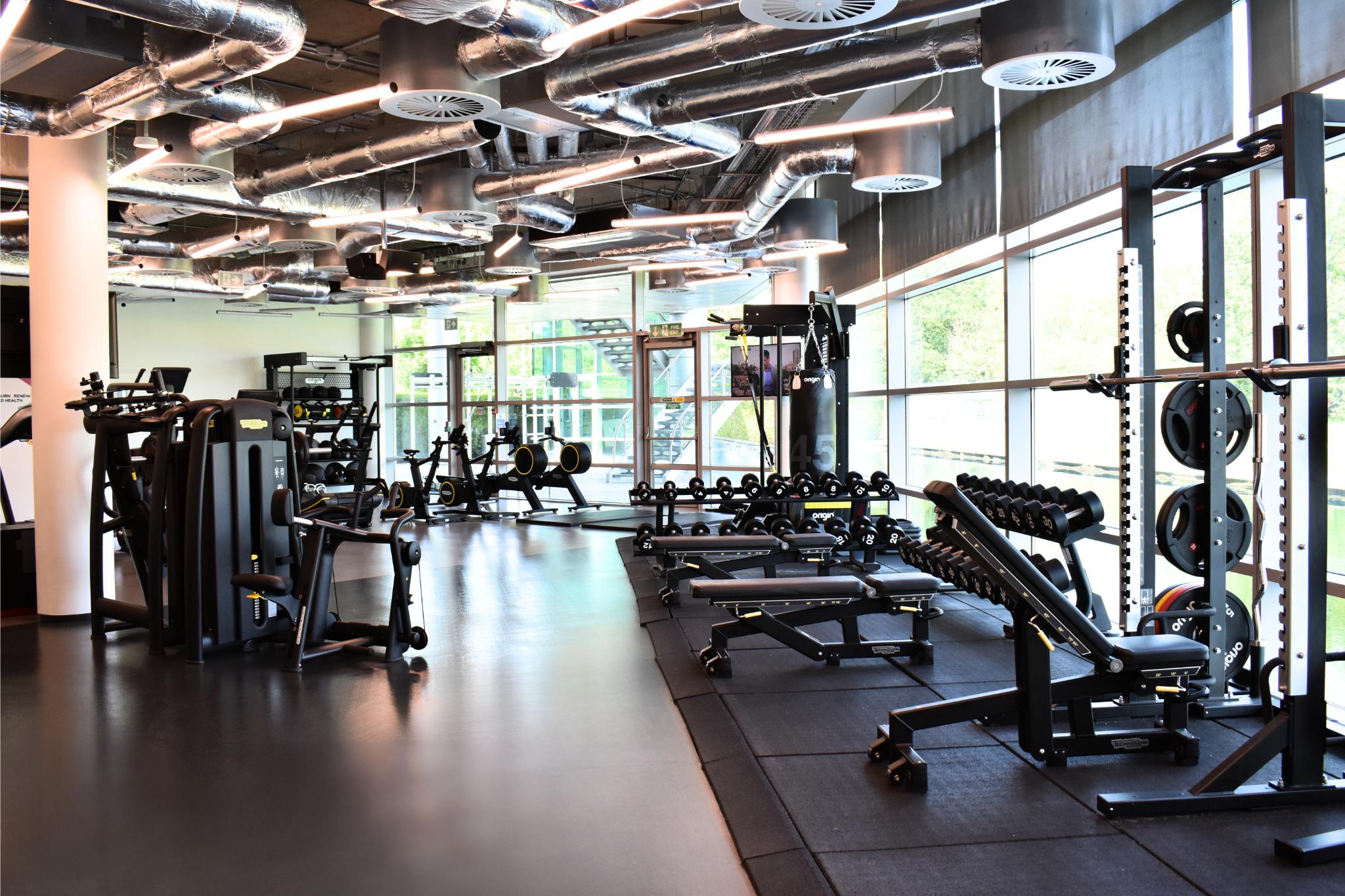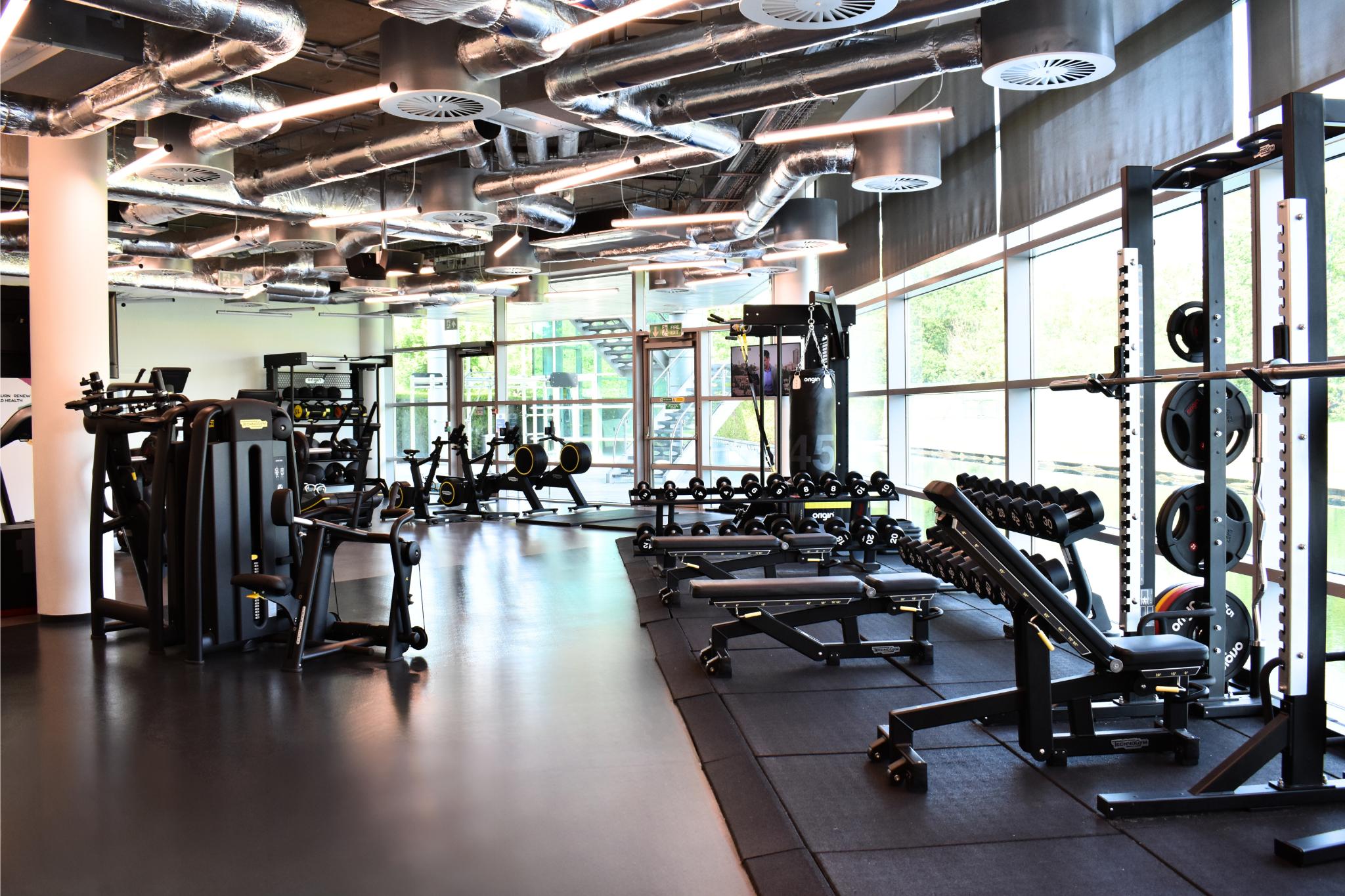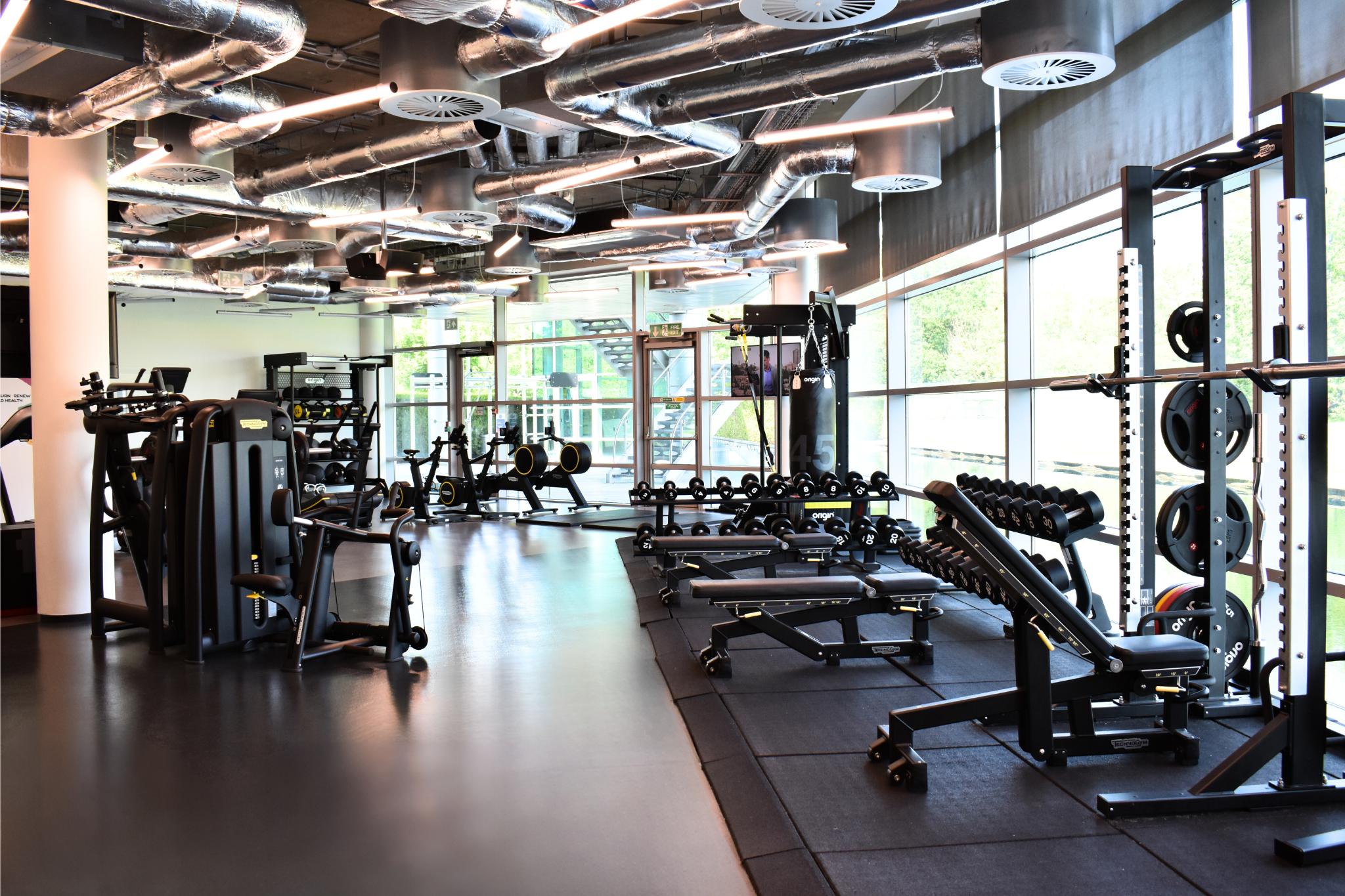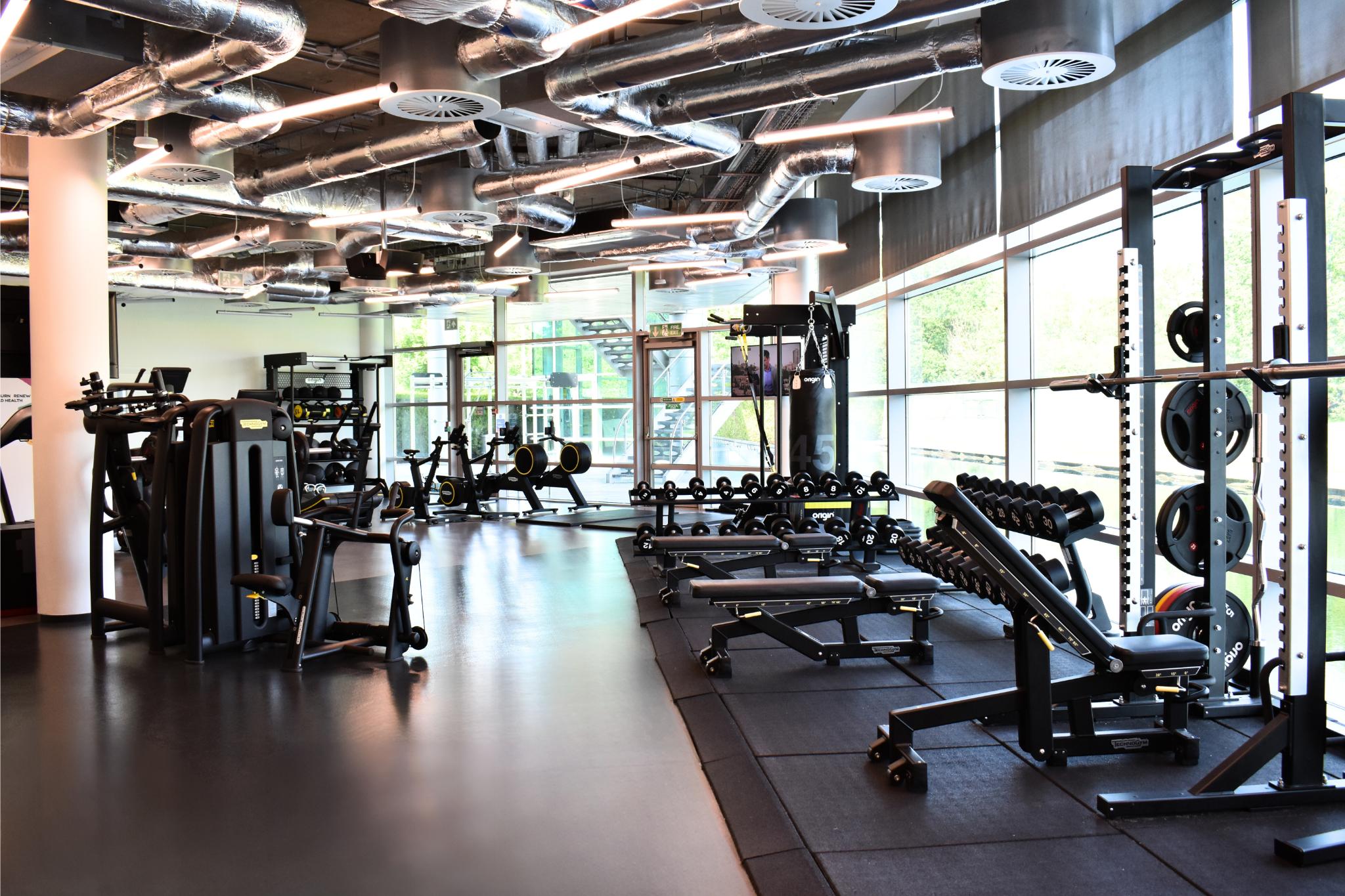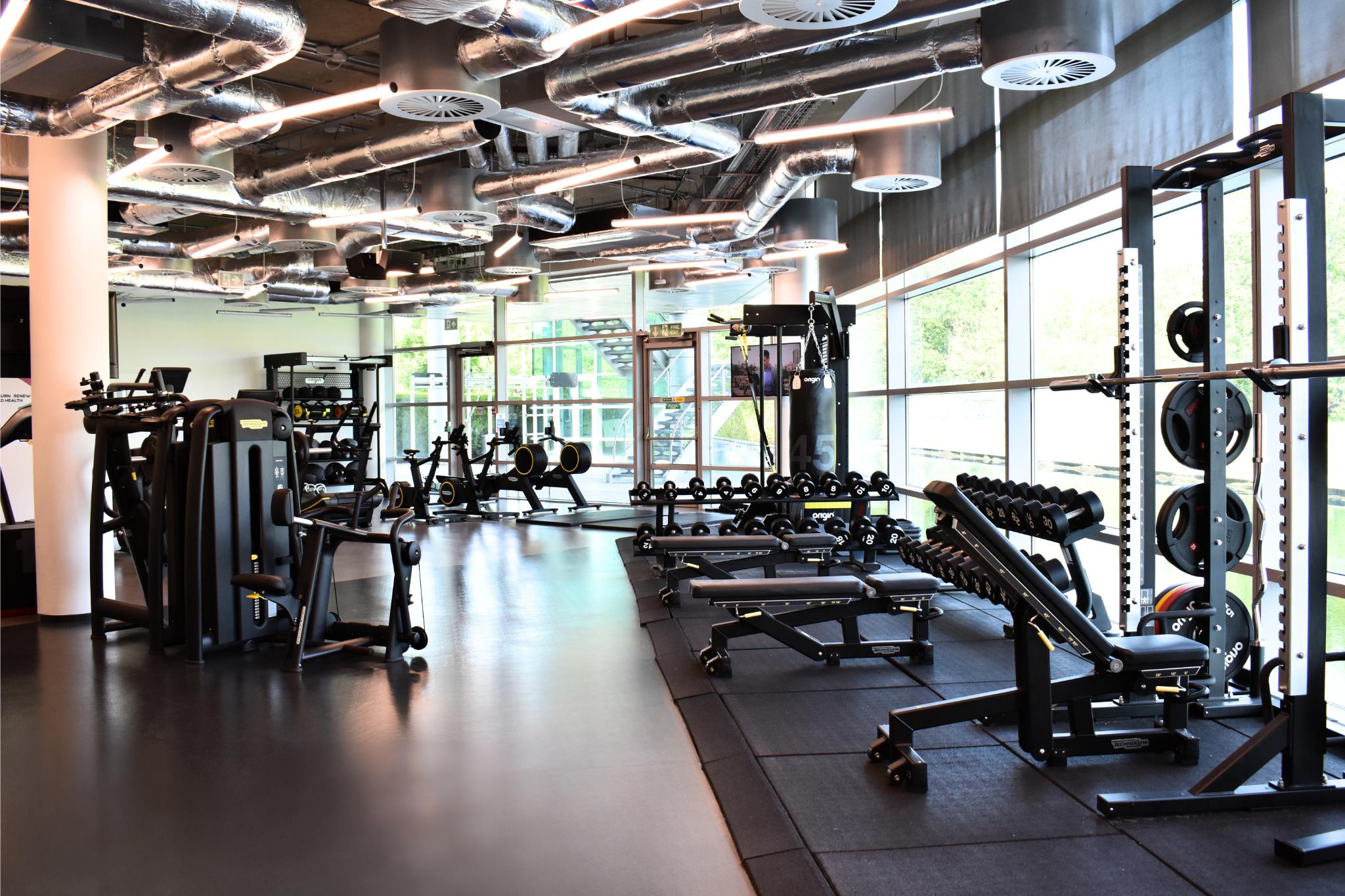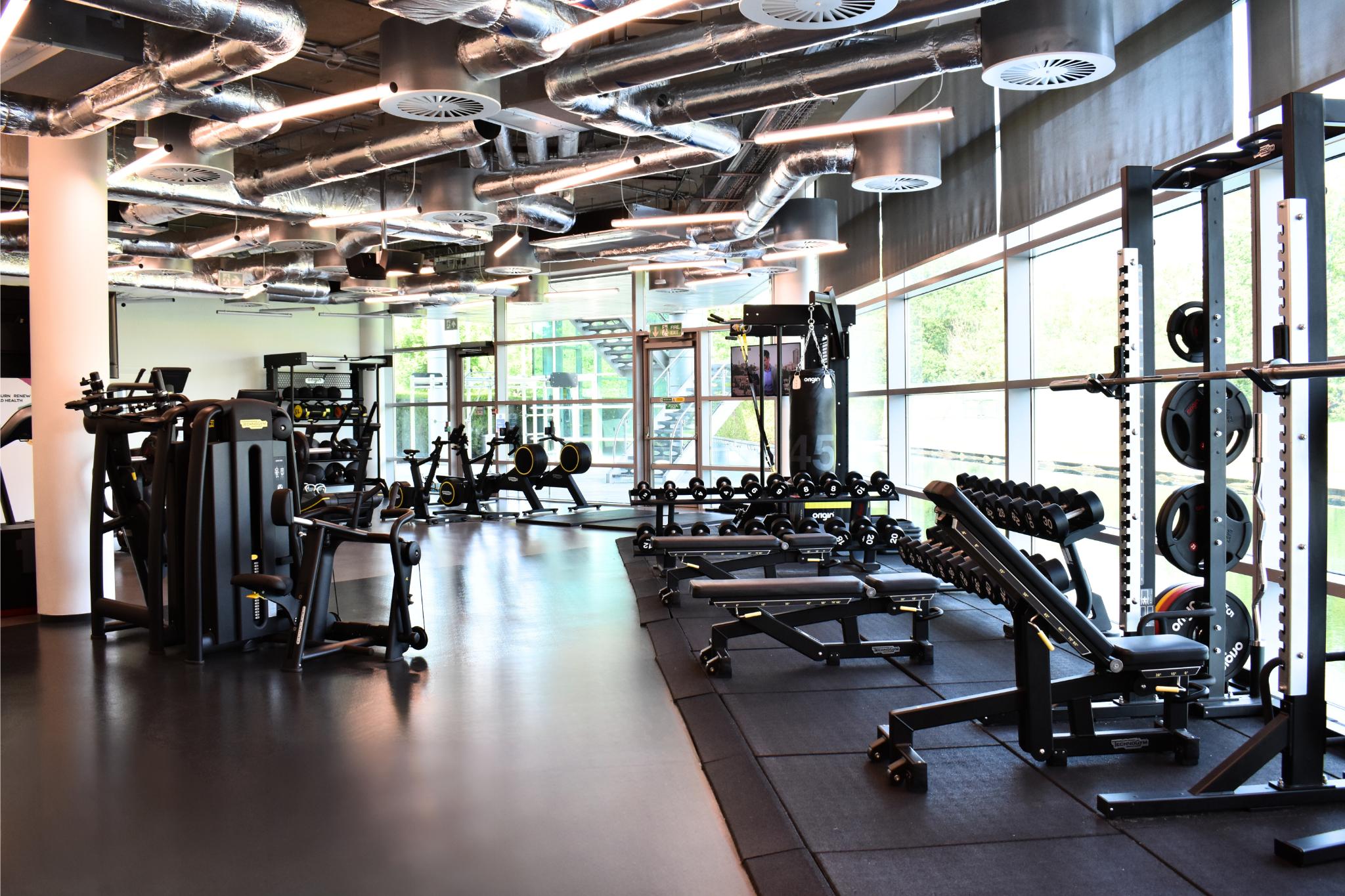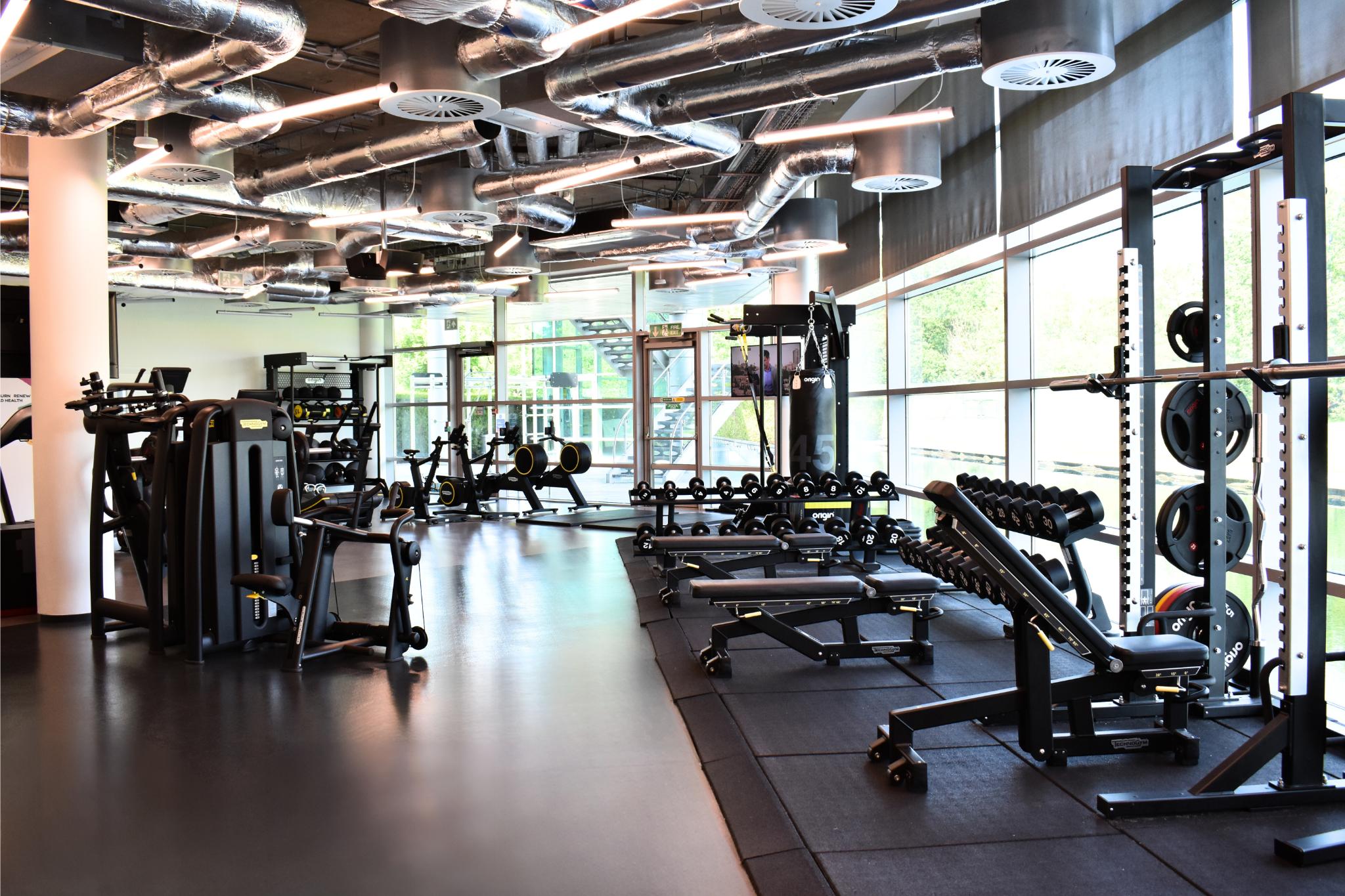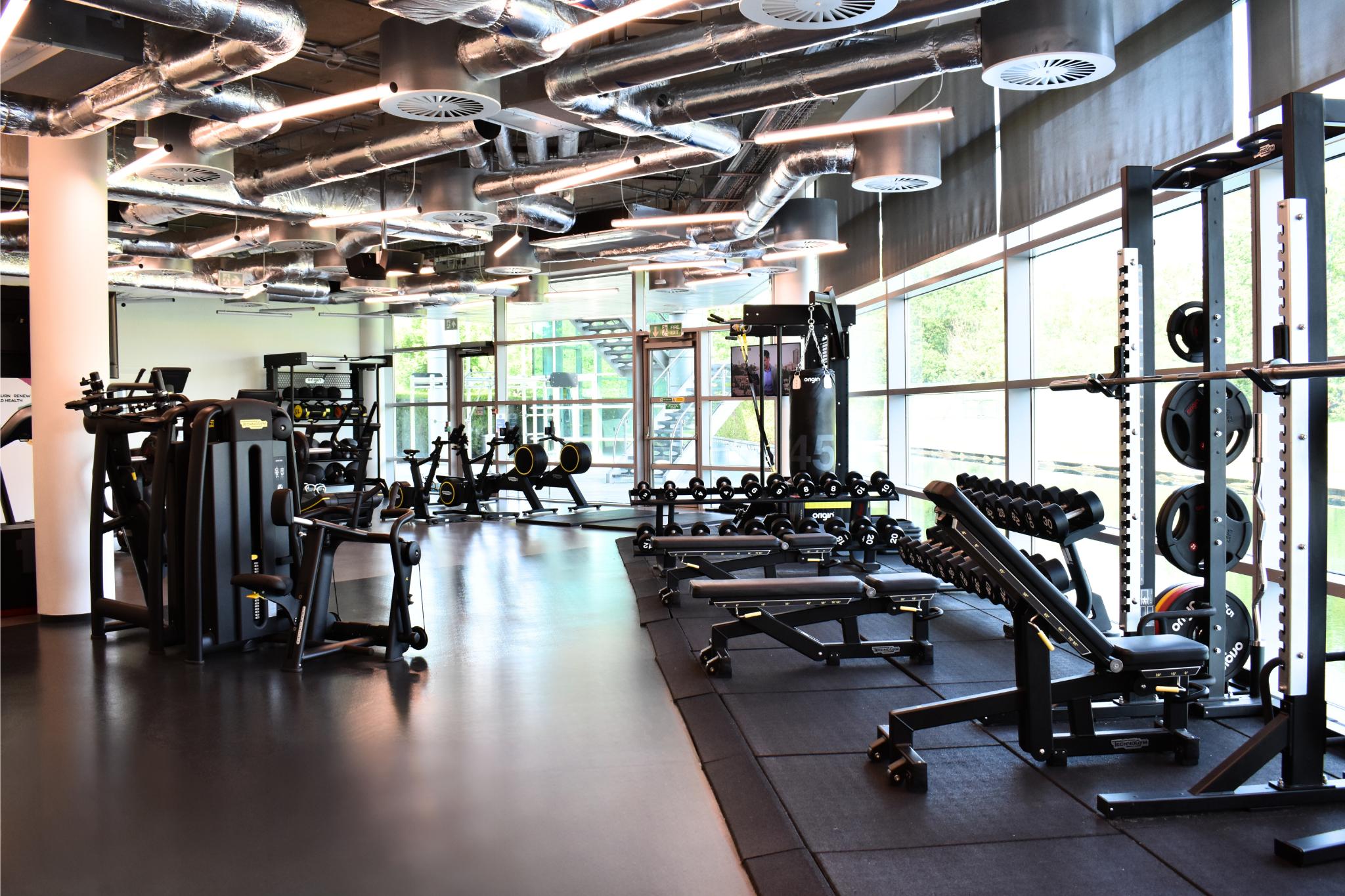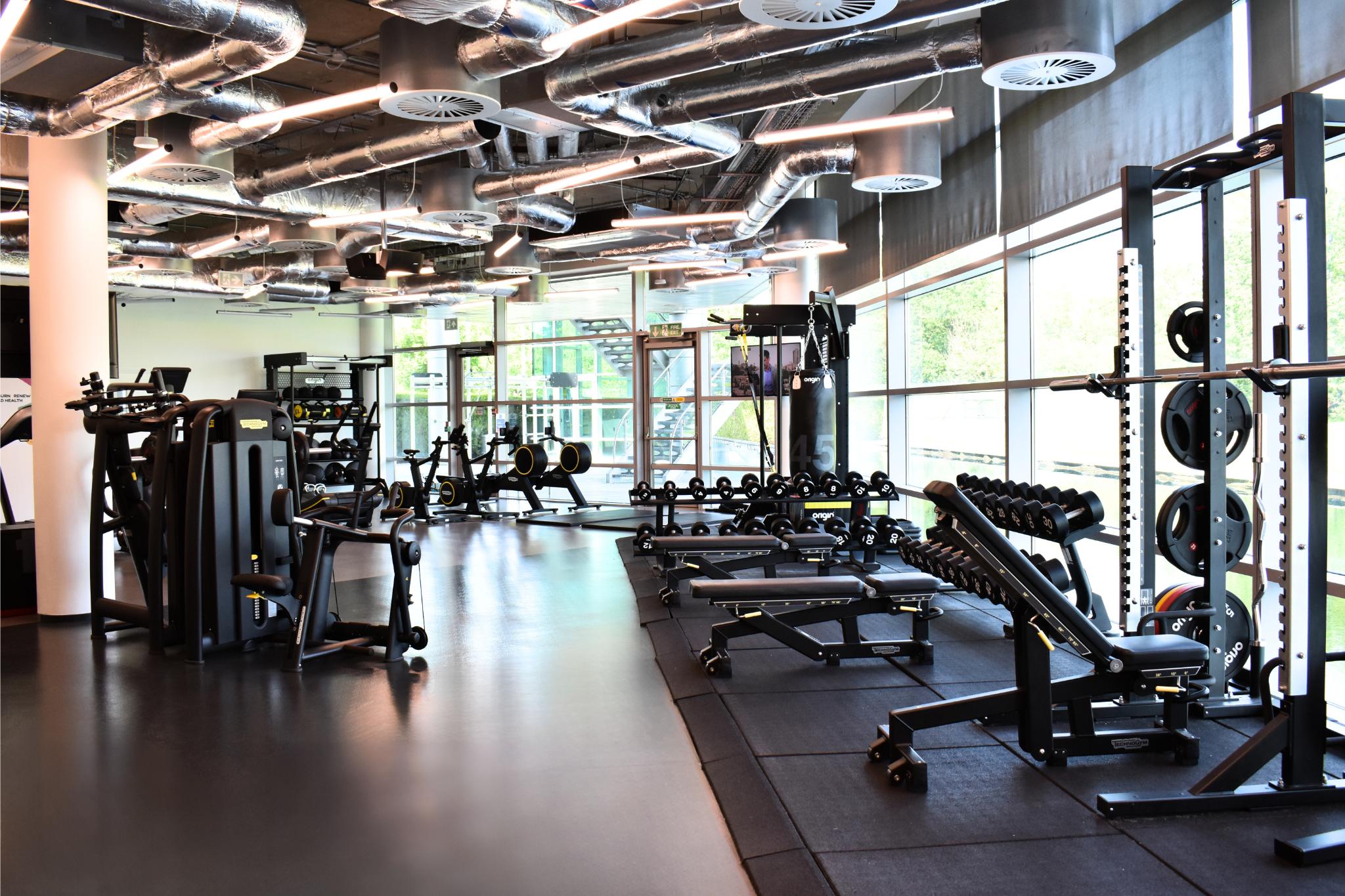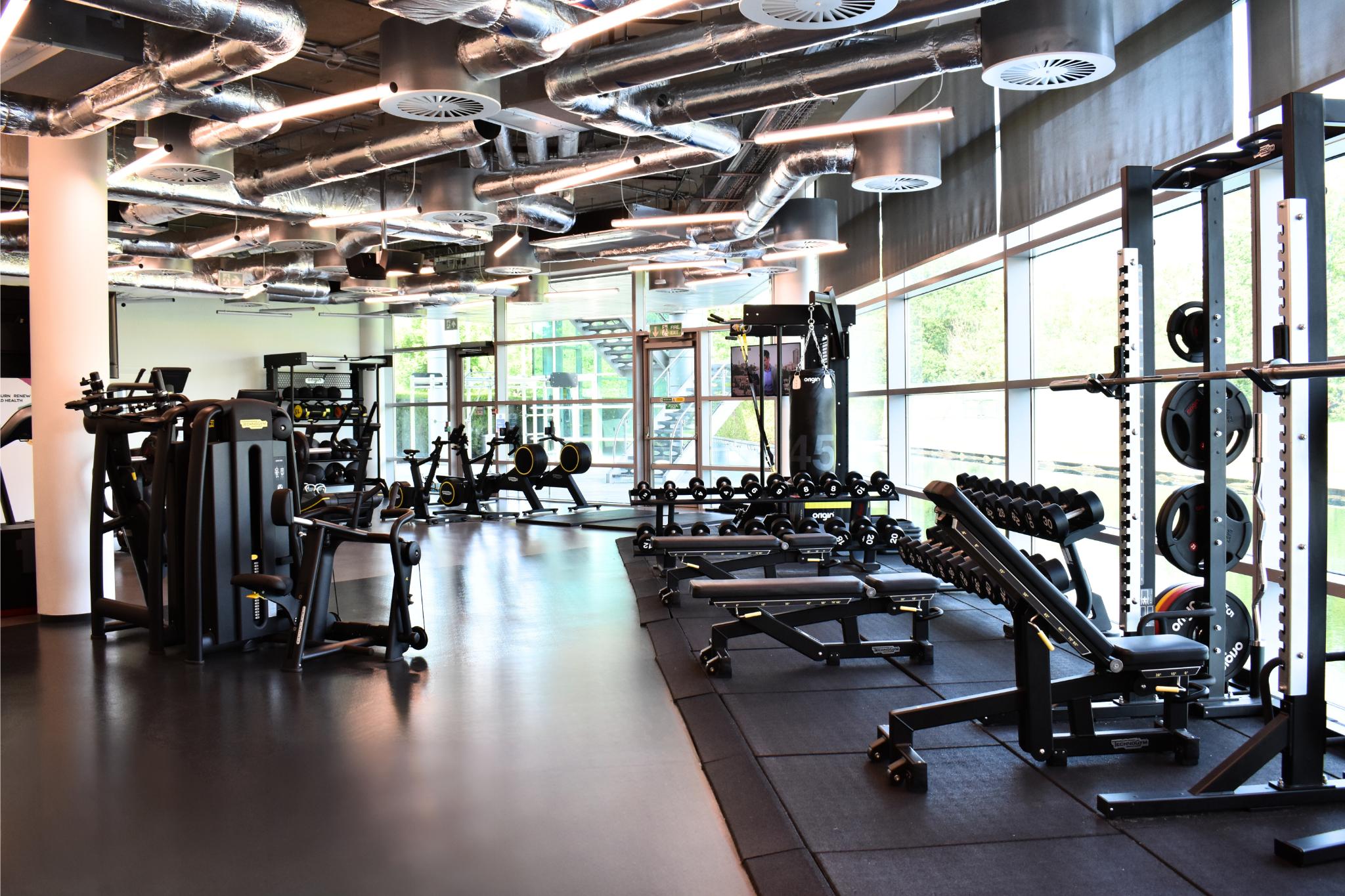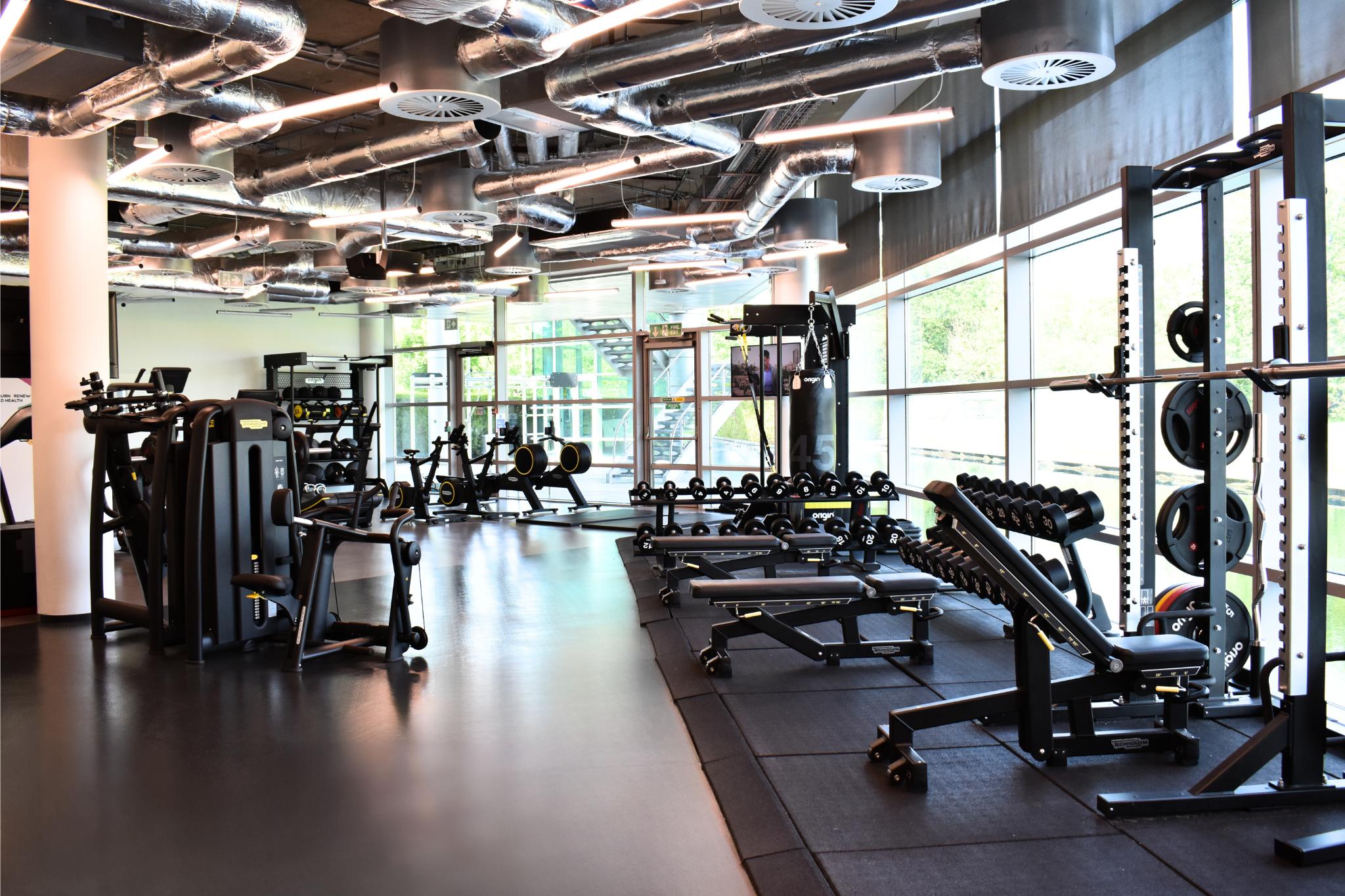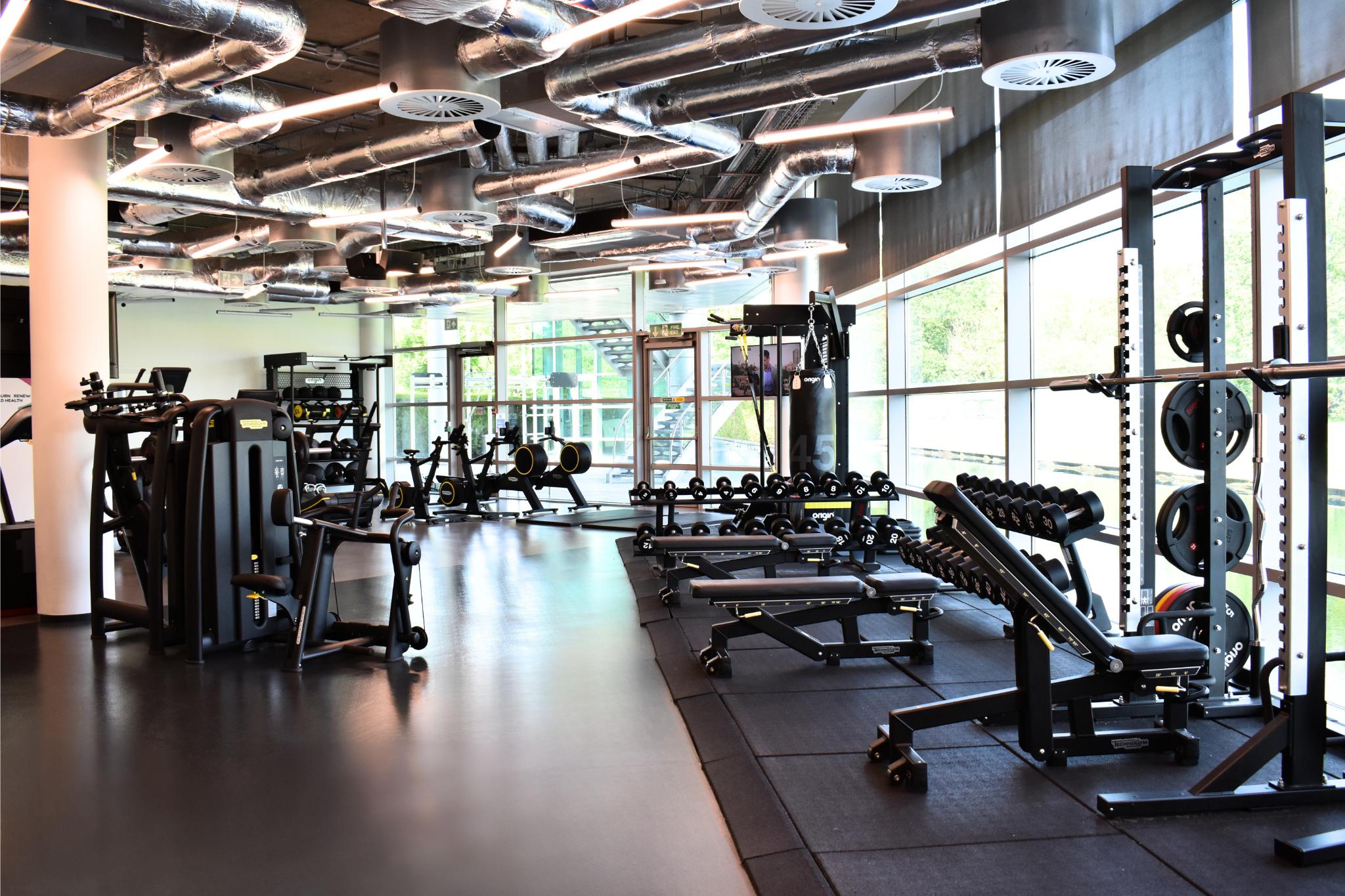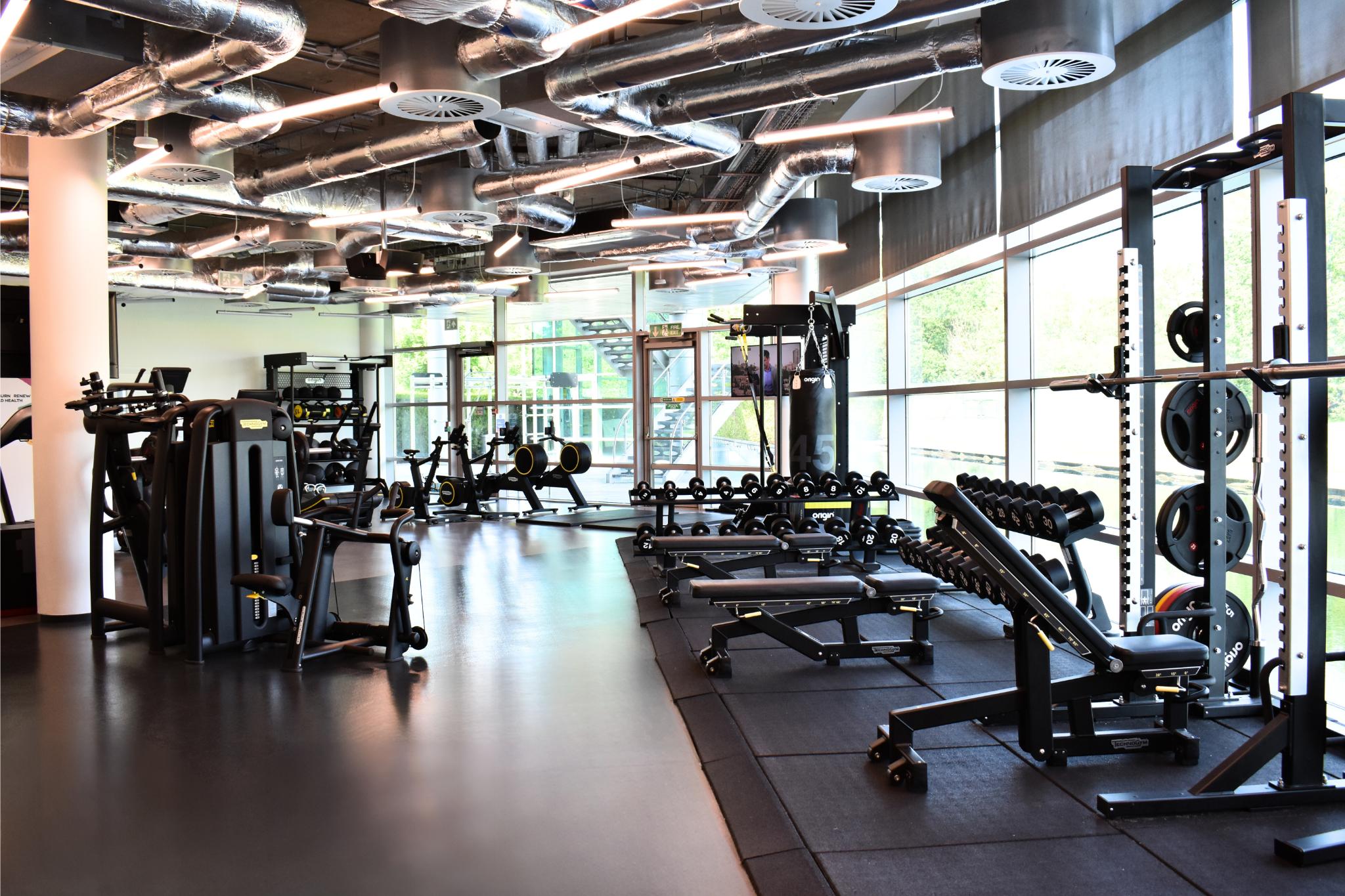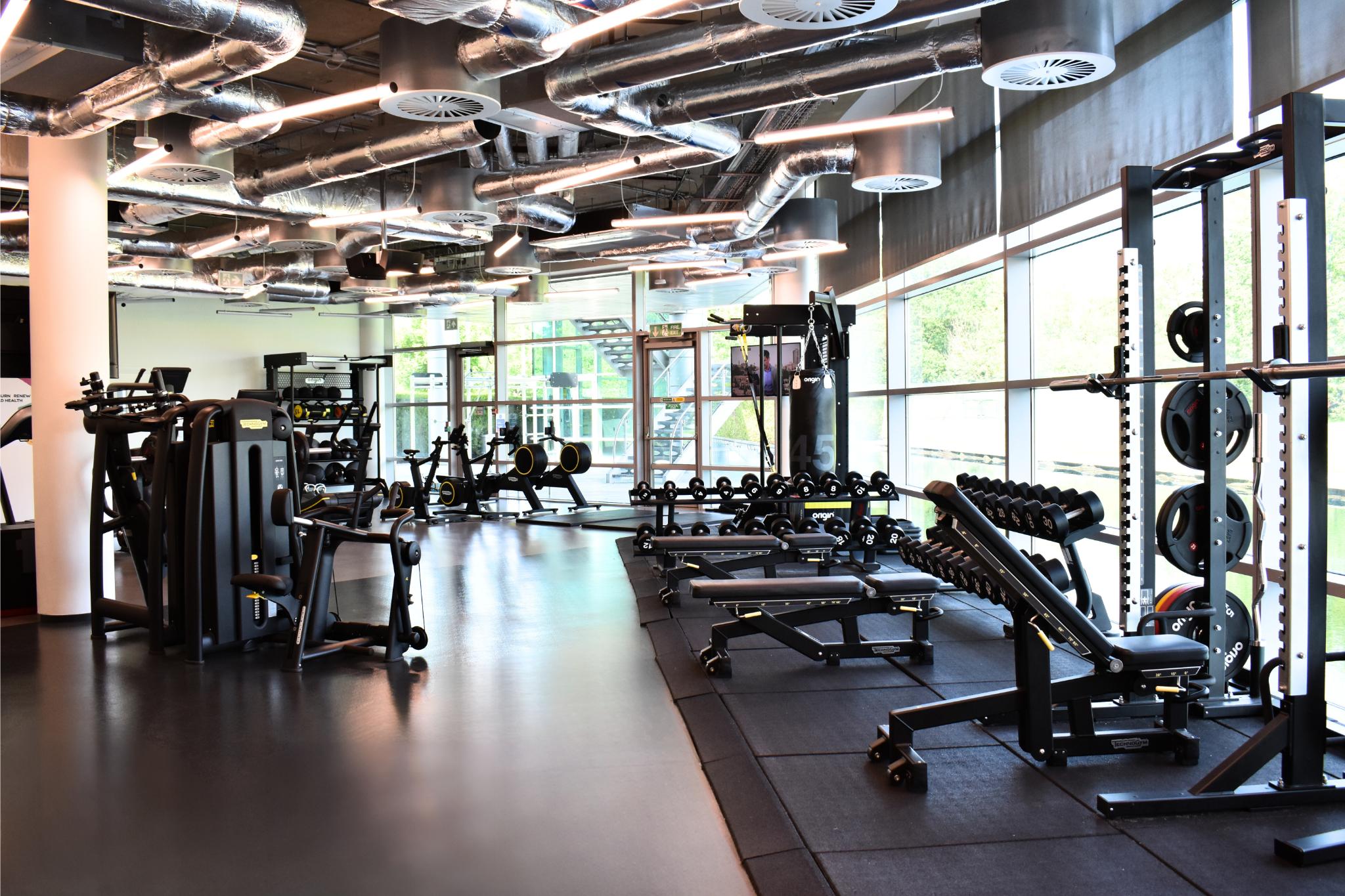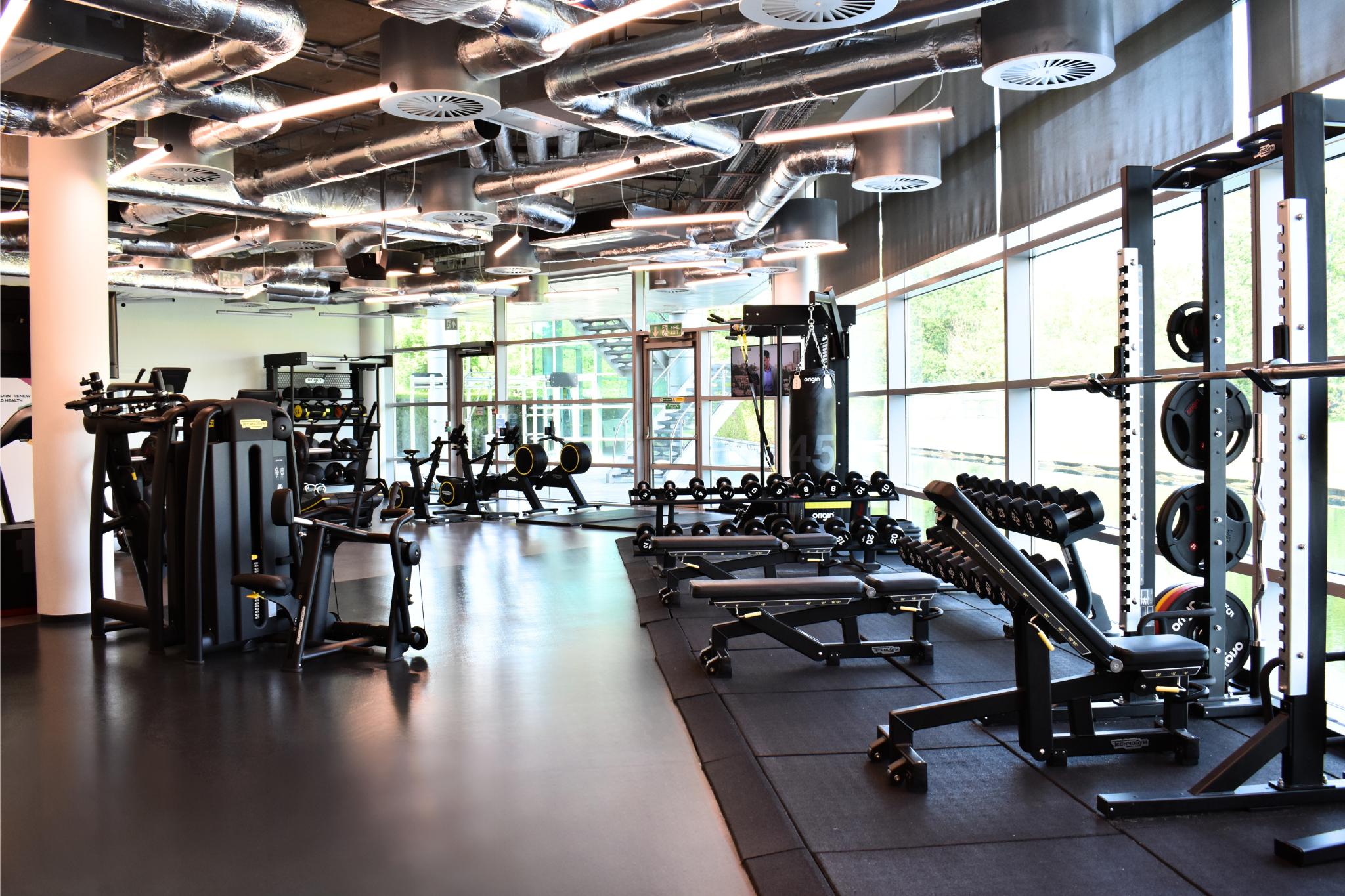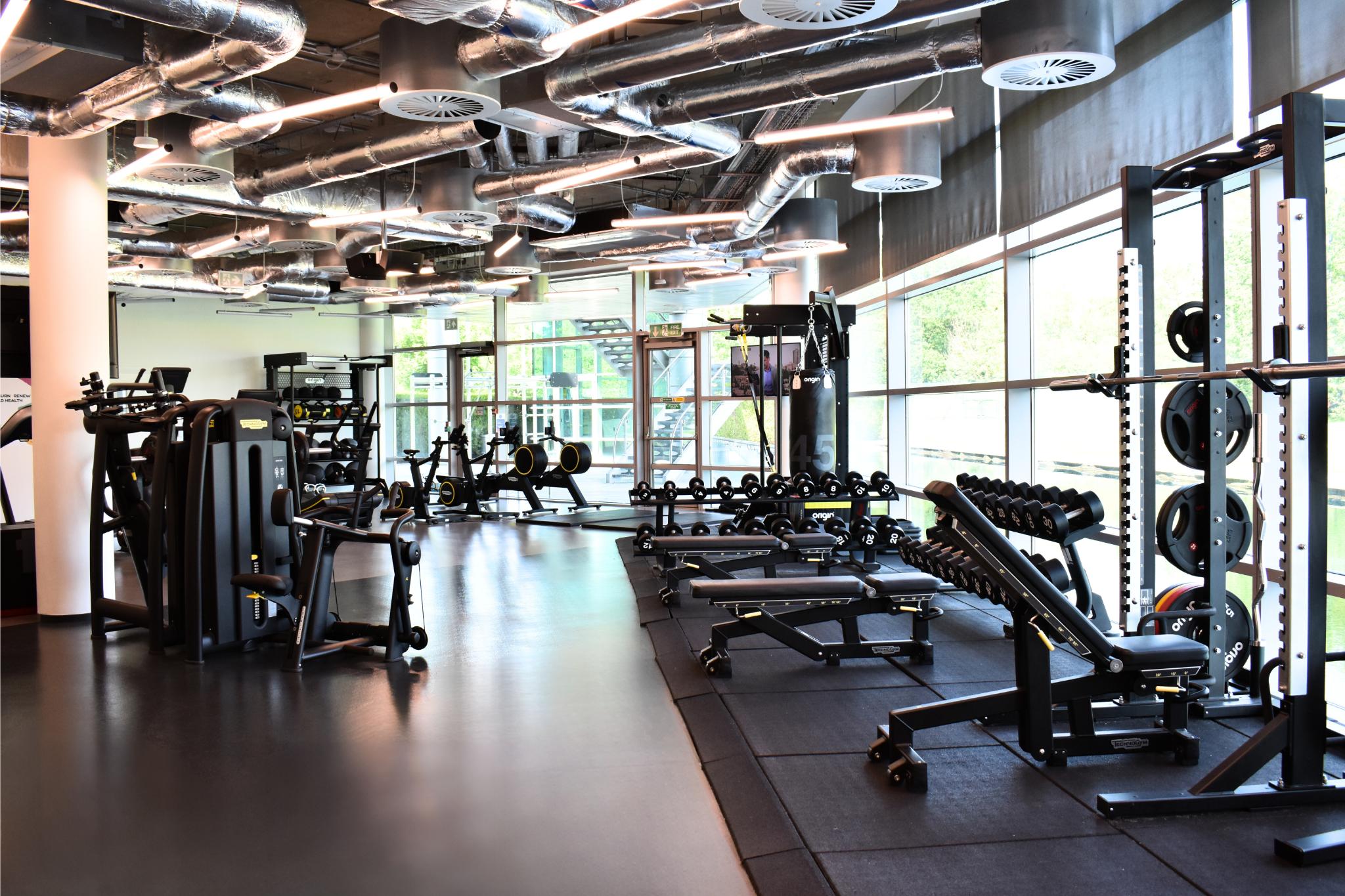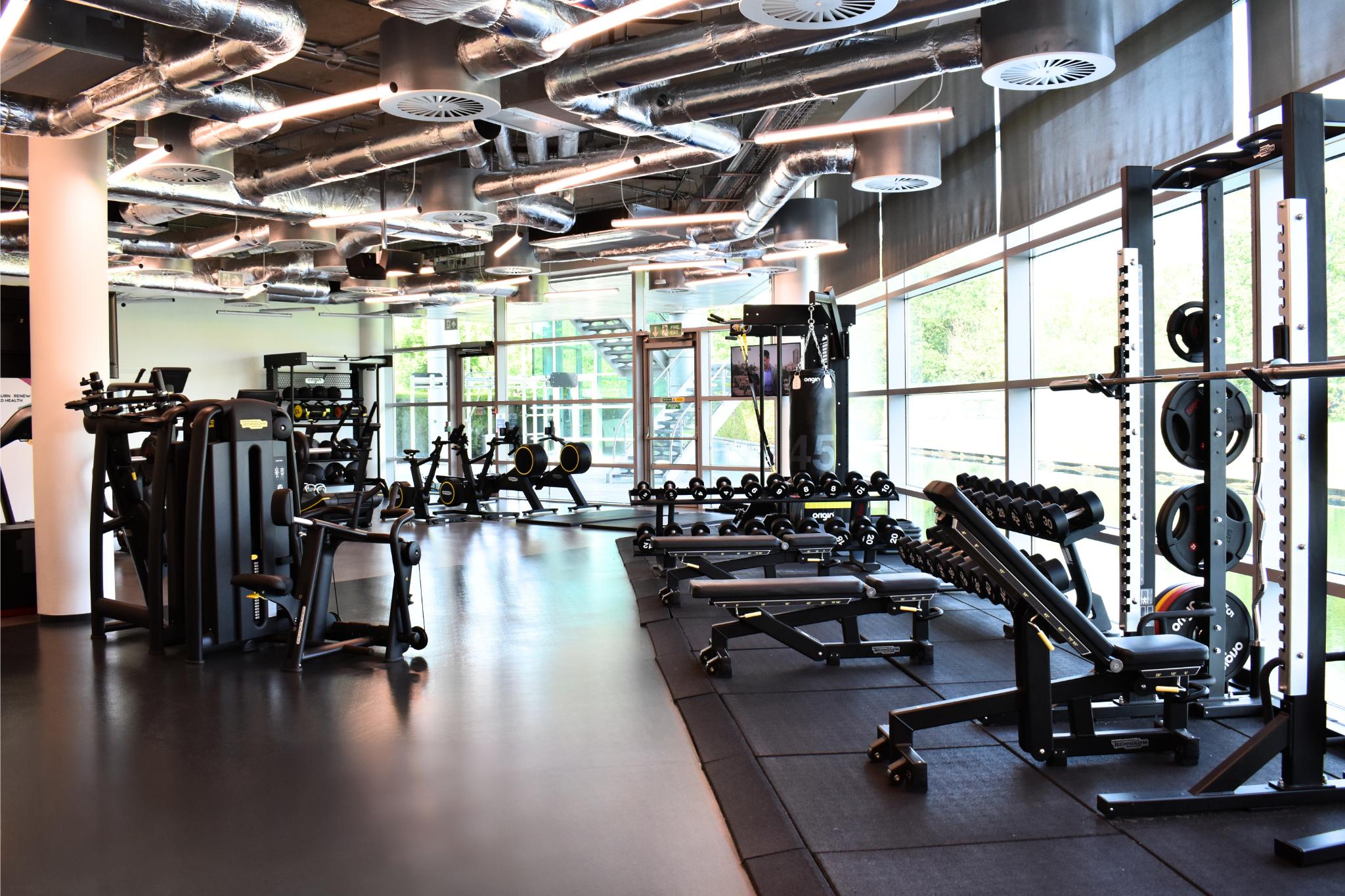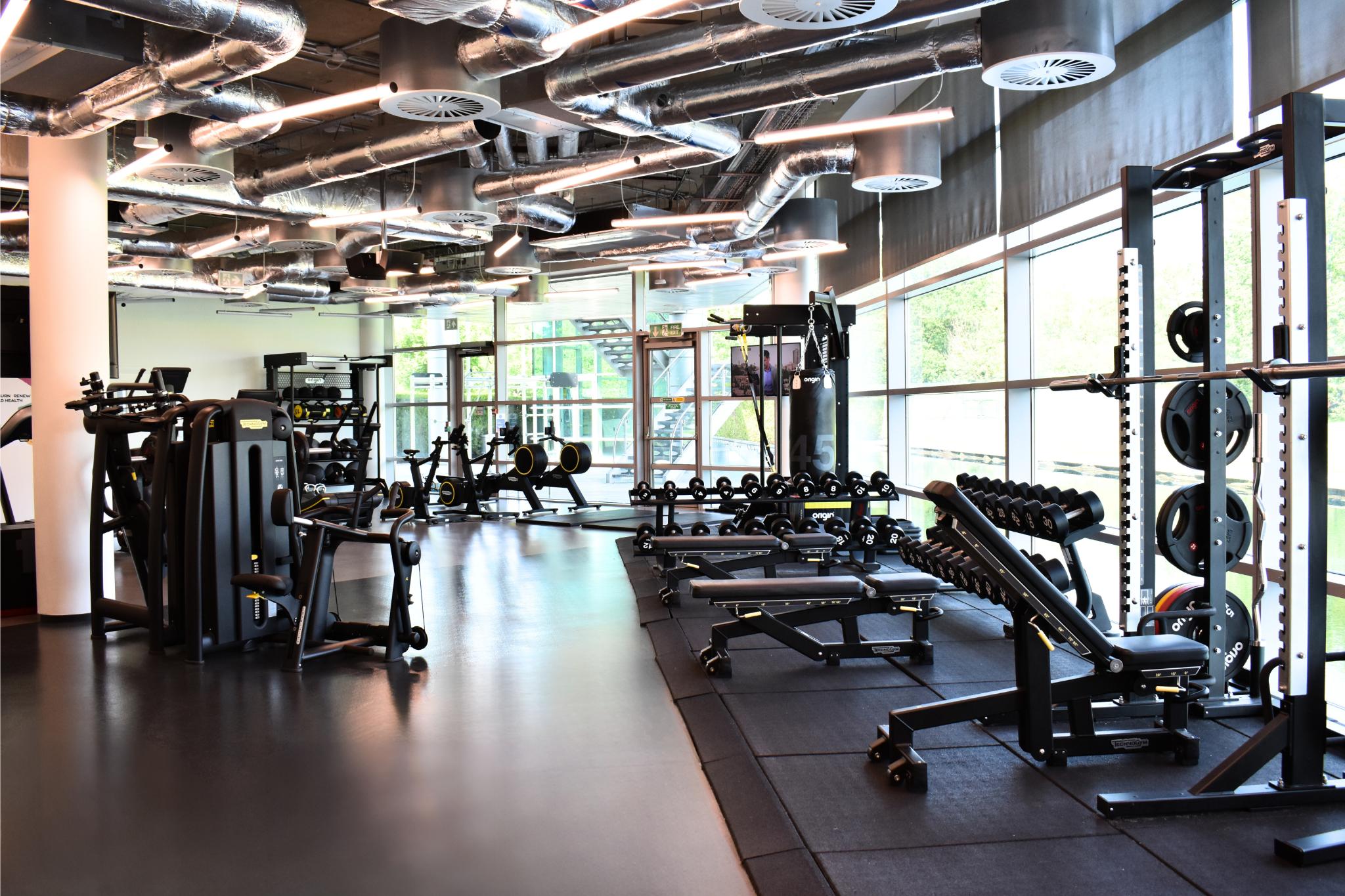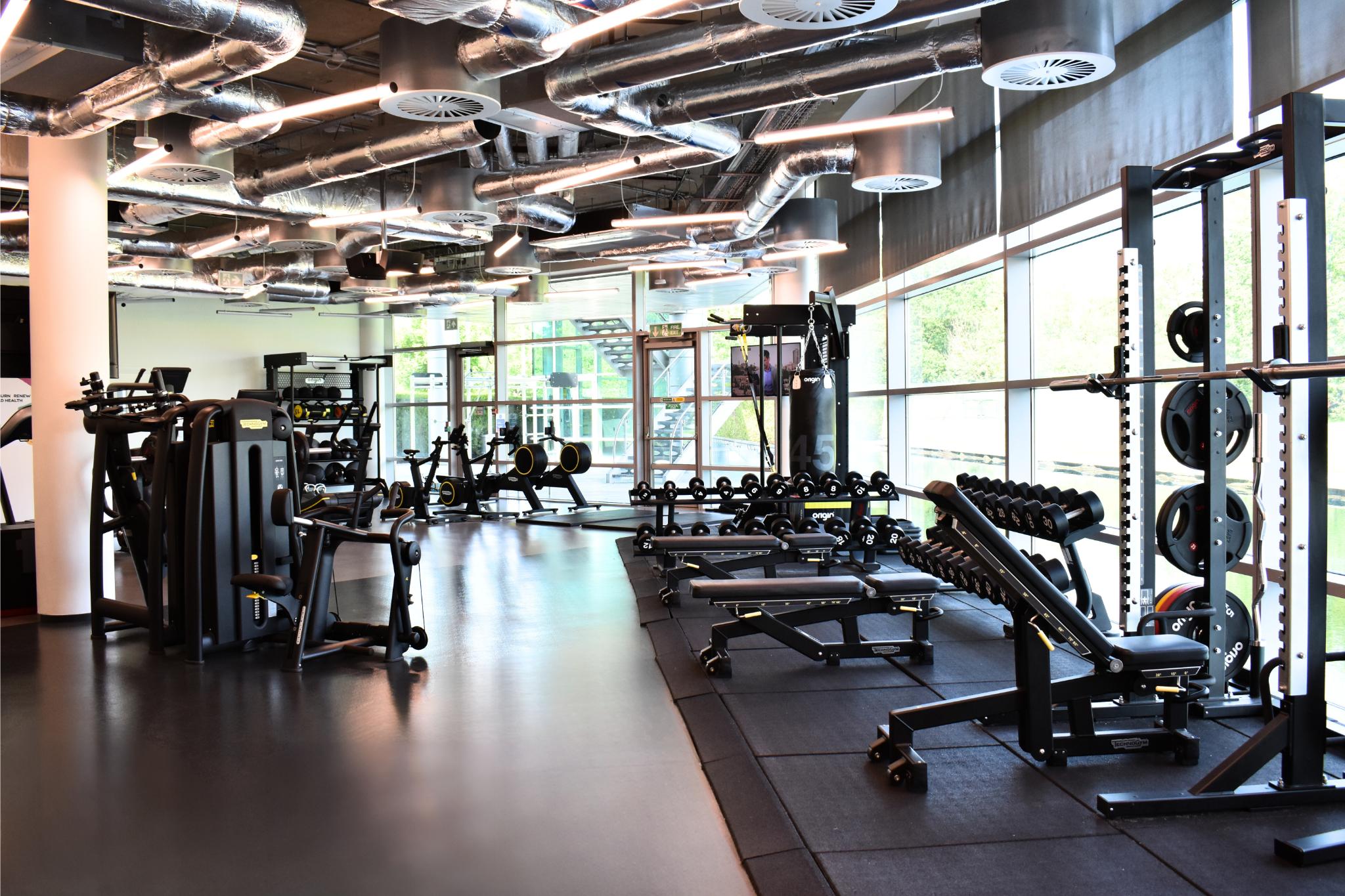Running an independent gym comes with unique challenges and risks that chain gyms and franchises may not face. From equipment malfunctions to me…
Gym Equipment Insurance: Protecting Your Fitness Business Investment
Introduction
Running a gym or fitness center involves significant investment in specialized equipment, from cardio machines and weight training systems to functional fitness gear and high-tech monitoring devices. With equipment costs often reaching hundreds of thousands of pounds, protecting these valuable assets through comprehensive gym equipment insurance isn't just advisable—it's essential for business survival.
Gym equipment insurance provides crucial financial protection against equipment damage, theft, breakdown, and liability issues that could otherwise devastate your fitness business. Whether you operate a small boutique studio, a commercial gym chain, or a specialized training facility, understanding your insurance options ensures your business can continue operating even when equipment fails or accidents occur.
Understanding Gym Equipment Insurance Coverage
Equipment Protection Coverage
Gym equipment insurance typically covers a wide range of fitness machinery and accessories. This includes cardiovascular equipment like treadmills, elliptical machines, and stationary bikes, as well as strength training equipment including weight machines, free weights, and resistance systems. Coverage extends to specialized equipment such as functional trainers, cable machines, and modern technology-integrated fitness systems.
The insurance protects against various risks including accidental damage, mechanical breakdown, electrical failures, and malicious damage. Coverage also extends to theft, which is particularly important for portable equipment and smaller accessories that might be targeted by opportunistic thieves.
Business Interruption Protection
When gym equipment fails or requires replacement, your business can suffer significant income loss. Business interruption coverage compensates for lost revenue during equipment downtime, helping maintain cash flow while repairs or replacements are arranged. This coverage is particularly valuable for gyms that rely heavily on specific equipment types or have membership agreements guaranteeing equipment availability.
Public Liability Coverage
Gym equipment insurance often includes public liability protection, covering claims from members who suffer injuries due to equipment malfunction or failure. This coverage is crucial given the physical nature of gym activities and the potential for serious injuries when equipment fails unexpectedly.
Industry-Specific Risks for Gym Equipment
High Usage and Wear
Gym equipment faces intensive daily use, often operating 12-16 hours per day with minimal rest periods. This constant usage accelerates wear and increases the likelihood of mechanical failures, electrical problems, and safety issues. Commercial-grade equipment is designed for this usage, but insurance provides essential backup when inevitable breakdowns occur.
Member Safety Concerns
Equipment failures in gyms can result in serious injuries, from minor cuts and bruises to severe accidents involving heavy machinery. Faulty treadmill belts, broken cable systems, or malfunctioning weight machines can cause significant harm, leading to substantial liability claims and potential business closure if not properly insured.
Technology Integration Risks
Modern gym equipment increasingly incorporates sophisticated technology including touchscreen displays, internet connectivity, and integrated fitness tracking systems. While these features enhance member experience, they also introduce new risks including cyber security vulnerabilities, software failures, and expensive technology replacement costs.
Theft and Vandalism
Gym equipment, particularly smaller items and portable accessories, faces theft risks from both external criminals and occasionally from members. Vandalism can also occur, especially in facilities with limited supervision during certain hours or in changing room areas.
Types of Gym Equipment Requiring Insurance
Cardiovascular Equipment
Treadmills, elliptical machines, stationary bikes, rowing machines, and stair climbers represent significant investments often costing £2,000-£15,000 per unit. These machines have complex mechanical and electrical systems prone to breakdown, making insurance coverage essential for replacement and repair costs.
Strength Training Equipment
Weight machines, cable systems, functional trainers, and free weight equipment require protection against mechanical failures, safety system malfunctions, and liability issues. Premium strength equipment can cost £5,000-£25,000 per unit, making insurance crucial for financial protection.
Specialized Equipment
Pilates reformers, suspension training systems, functional fitness rigs, and rehabilitation equipment often represent niche investments with limited repair options and high replacement costs. Insurance ensures these specialized tools remain available to members without devastating financial impact.
Technology and Audio-Visual Systems
Sound systems, televisions, fitness tracking technology, and integrated gym management systems require protection against theft, damage, and technological obsolescence. These systems are often expensive to replace and crucial for member satisfaction.
Benefits of Comprehensive Gym Equipment Insurance
Financial Security
Insurance provides predictable costs through regular premiums rather than unexpected large expenses when equipment fails. This financial predictability helps with budgeting and cash flow management, particularly important for smaller gym operations with limited reserves.
Business Continuity
Quick equipment replacement or repair through insurance claims ensures minimal disruption to member services. This continuity protects member satisfaction, retention rates, and revenue streams that might otherwise be lost during extended equipment downtime.
Liability Protection
Comprehensive coverage protects against potentially devastating liability claims from equipment-related injuries. Legal defense costs alone can be substantial, even for unfounded claims, making insurance protection essential for business survival.
Professional Credibility
Having comprehensive insurance demonstrates professionalism and commitment to member safety, enhancing your gym's reputation and potentially attracting safety-conscious members who value properly protected facilities.
Choosing the Right Gym Equipment Insurance
Coverage Assessment
Evaluate your specific equipment inventory, usage patterns, and risk factors to determine appropriate coverage levels. Consider equipment age, replacement costs, usage intensity, and member demographics when assessing insurance needs.
Policy Comparison
Compare policies from multiple insurers, examining coverage limits, exclusions, deductibles, and claim procedures. Pay particular attention to business interruption coverage, liability limits, and equipment replacement provisions.
Specialist Insurers
Consider insurers specializing in fitness industry coverage who understand gym-specific risks and can provide tailored protection. Specialist insurers often offer more comprehensive coverage and better claim handling for fitness industry clients.
Regular Reviews
Review your insurance coverage regularly as you add equipment, expand facilities, or change business operations. Ensure coverage limits remain adequate as equipment values and business risks evolve.
Making a Gym Equipment Insurance Claim
Immediate Response
When equipment damage or failure occurs, ensure member safety first, then document the incident thoroughly with photographs and witness statements. Notify your insurer promptly to begin the claims process and minimize business disruption.
Documentation Requirements
Maintain detailed equipment inventories, purchase receipts, maintenance records, and usage logs to support insurance claims. Proper documentation speeds claim processing and ensures full compensation for covered losses.
Professional Assessment
Work with qualified technicians and insurance assessors to determine repair feasibility and replacement requirements. Professional assessments ensure appropriate claim settlements and proper equipment restoration.
Business Continuity Planning
Develop contingency plans for equipment failures, including temporary equipment rental options and alternative workout programs for affected members. Insurance coverage should support these continuity measures.
Cost Factors for Gym Equipment Insurance
Equipment Value and Type
Insurance premiums reflect the total value and type of equipment covered. High-value, complex equipment typically costs more to insure due to higher replacement costs and increased breakdown risks.
Usage Intensity
Gyms with high member volumes and extended operating hours face higher premiums due to increased wear and breakdown risks. Usage patterns significantly impact insurance costs and coverage requirements.
Safety Measures
Implementing proper maintenance programs, safety protocols, and member supervision can reduce insurance costs by demonstrating risk management commitment and reducing claim likelihood.
Claims History
Previous claims history affects premium costs, with frequent claims leading to higher premiums or coverage restrictions. Maintaining good claims records through proper maintenance and safety measures helps control insurance costs.
Maintenance and Risk Management
Preventive Maintenance
Regular equipment maintenance reduces breakdown risks and insurance claims while extending equipment life. Documented maintenance programs may qualify for insurance discounts and demonstrate responsible risk management.
Staff Training
Proper staff training on equipment operation, safety procedures, and member supervision reduces accident risks and liability exposure. Well-trained staff can identify potential problems before they become insurance claims.
Member Education
Educating members on proper equipment use, safety procedures, and reporting protocols reduces misuse-related damage and improves overall facility safety. Member cooperation is essential for effective risk management.
Safety Inspections
Regular safety inspections by qualified technicians identify potential problems before they cause accidents or equipment failures. Documented inspection programs support insurance requirements and demonstrate due diligence.
Regulatory Compliance and Insurance
Health and Safety Requirements
Gym equipment insurance should align with health and safety regulations governing fitness facilities. Compliance with safety standards may be required for coverage validity and can affect premium costs.
Industry Standards
Following industry best practices for equipment installation, maintenance, and operation supports insurance coverage and may qualify for premium discounts. Industry standards provide frameworks for proper risk management.
Professional Certifications
Maintaining relevant professional certifications for staff and facility operations demonstrates competence and commitment to safety, potentially reducing insurance costs and improving coverage terms.
Conclusion
Gym equipment insurance represents a crucial investment in your fitness business's financial security and operational continuity. With equipment costs continuing to rise and member expectations for safe, reliable facilities increasing, comprehensive insurance protection isn't optional—it's essential for sustainable business operations.
The right insurance coverage protects against equipment breakdown, theft, liability claims, and business interruption while providing peace of mind that allows you to focus on serving your members effectively. By understanding your coverage options, working with experienced insurers, and maintaining proper risk management practices, you can ensure your gym equipment investment remains protected against the various risks facing modern fitness facilities.
Don't leave your valuable gym equipment and business operations vulnerable to unexpected losses. Contact Insure24 today at 0330 127 2333 to discuss comprehensive gym equipment insurance solutions tailored to your specific facility needs and risk profile.


 0330 127 2333
0330 127 2333
